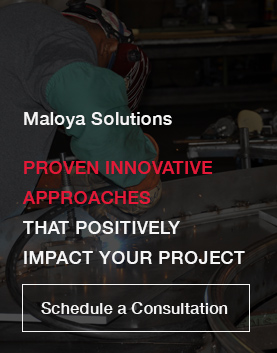How Can I Keep My Costs Low?
CNC machining is a digital technology that uses a computer-aided design (CAD) to manufacture a wide variety of part types.
It is distinct from additive or formative technologies like 3D and injection molding in that it uses material removal methods to fashion the final product.
Drafting a design, choosing a machining method and deciding upon materials and finishes for a CNC machining job are all critical steps in the initial phases of any project.
It’s in the initial phases of a project that engineers should consider how their design will affect costs because these early decisions will have a big effect on the overall budget.
A Simple Plan
A number of factors affect CNC machining costs, but perhaps the most simple axiom to bear in mind is that designs with simple geometries and standardized features will be far less expensive than their more complicated cousins.
The more complex a part’s geometry, the longer the process will take to machine it, and that almost always means higher costs.
3 Major Elements Affecting Cost
Very broadly, CNC machining costs correlate to three main areas of design:
- Start-up costs
- Machining time and model complexity
- Material and finishing costs
Start-up Costs
The CNC machining process involves a significant start-up investment, mainly as a result of the process planning aspect. (Unlike 3D printing, for example, CNC machining requires the input of a specialist at the outset which can be expensive.)
But because CNC start-up costs are fixed and can be spread over multiple parts, designers can take advantage of economies of scale since the cost per unit goes down with higher volumes.
The ability to amortize costs over time makes CNC machining an excellent, cost-effective choice for small-to-medium volume projects.
Machining & Model Complexity
Since unlike formative methods like injection molding and die casting, CNC uses subtractive technology, costs go up with more complex geometries.
So when designing a project with costs in mind, it’s important to know that simpler projects will be less expensive to produce.
However, it’s also important to know that CNC machining comes with more design restrictions than formative technologies. Parts with internal geometry or steep undercuts can’t be CNC machined at all for example.
Material and Finishing Costs
Materials
Selecting a material is crucial in the design process and CNC machining offers a wide variety of material options from metals to plastics.
Metals are the most commonly used materials (Aluminum 6061 being the most common) Each metal type has certain benefits and inherent costs.
For example, if a design requires strength-to-weight ratios and protection against corrosion is an issue, aluminum alloy is an excellent choice (but isn’t the least expensive).
However, a design that’s conducive to mild steel will generally cost less since this material is highly attractive for its low cost, weldability, and mechanical properties.
Surface Treatments
Finally, surface treatments will have an effect on the overall cost of a project. There are a number of choices available from powder coating to hard coat anodizing. Each has it’s own benefits and price point.
For example, if a design requires a certain level of aesthetics, bead blasting is an option that adds smooth matte or satin surface finishes to a machined part and is a low-cost solution. Silk screening is another low-cost surfacing option for printing things like logos or text on a flat surface of a machined part.
Other surfacing methods like powder coating and hardcoat anodizing offer things like impact resistance, corrosion resistance and wear resistance. However, they come at a higher price point.
Ready for a Cost-Effective Solution to Your Design Challenges?
Maloya utilizes the latest technology combined with an expertise in Design/Build concepts to meet demanding project requirements with cost-effective solutions in mind.
Serving a number of diverse industries, we believe a rewarding business relationship begins with understanding our customer’s needs and partnering with them to deliver maximum results. We welcome you to visit our facility for a face to face meeting and a guided tour!
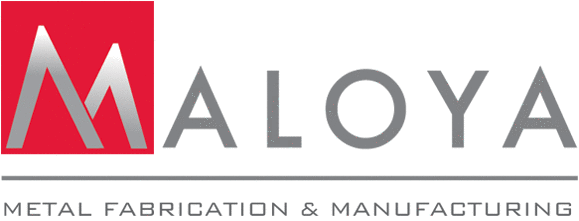

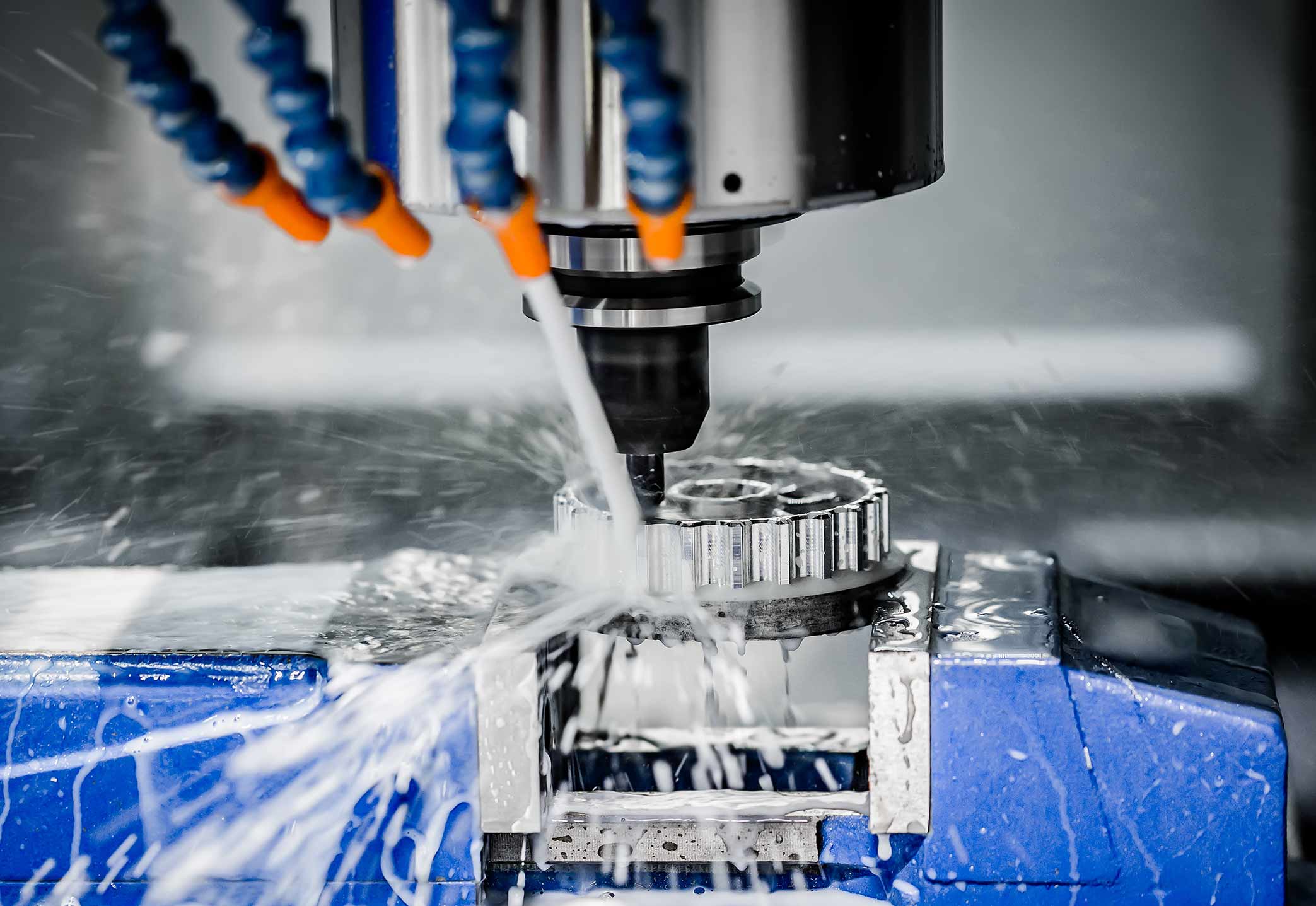
.png?width=80&name=Untitled%20design%20(37).png)



